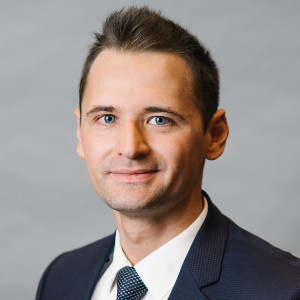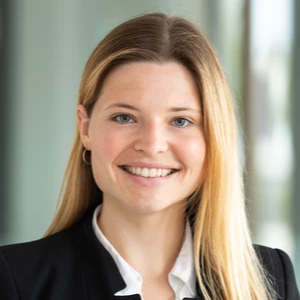How is the final round different? What are the partners checking for?
If the resume has mutiiple strong and clear signals that the candidate has the capability and experience to do solid work if given a chance, what would the Partners most likely focus on?









